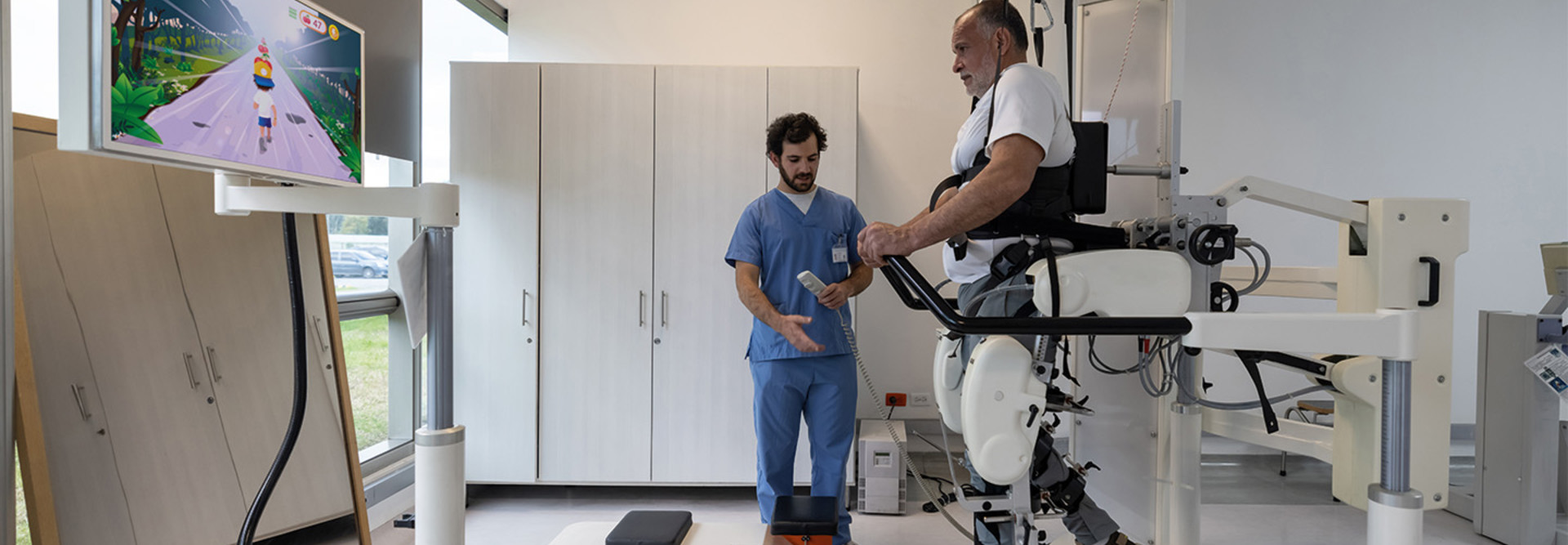Robots Create Staff Efficiencies Amid Senior Care Staff Shortages
“We see the most promising applications for robotics in service and rehabilitation,” said Majd Alwan, senior vice president of technology and business strategy at LeadingAge and executive director for the LeadingAge Center for Aging Services Technologies.
Shawn Fontaine, general manager of dining services at Wesley Enhanced Living Main Line, said it was getting harder to hire part-time servers. In response, his organization implemented Matradee robots in three of its six communities to help with food service. The robots carry trays of plates to and from the kitchen.
Fontaine convinced the organization’s leadership to shift from labor to capital expenditure for the robots. One Matradee robot is the equivalent of two part-time servers, he says, adding that the organization has saved upward of $72,000 per year in labor costs. Additionally, the speed of service has increased, service is quieter, and residents are entertained by the robots.
Tim List, administrator at Longhorn Village, said his organization also implemented Matradee robots due to the labor shortage. To make the implementation success, he explained, it’s important to find a technology partner early.
The organization let residents pick the robot’s name to warm them up to the concept and create engagement with the technology. Because the robot returns used plates to the kitchen, it gives staff more time to spend with residents. List added that the robot helps with recruitment and retention as many of the teenagers who typically take the part-time positions now see the community as a “cool place with robots.”
EXPLORE: Best practices for digital transformation in senior care.
Cypress Living in Fort Myers, Fla., introduced robotics for culinary services in 2021. Vice President of Innovation Joe Velderman said process engineering has been the key to the community’s success.
“Robots are not going to solve your staffing challenge,” he said, adding that the deployment of robots needs to be coupled with a re-engineering of existing workflows to ensure efficiencies. Velderman started with the seating experience and an online reservation system to take pressure off the front- and back-end staff, which helped to normalize the flow of operations.
“We also wanted to keep servers in their sections to prevent them from distracting the back-of-house staff in the kitchen. To keep servers on the floor, we had to create a way for them to place orders electronically,” he said. “It’s not efficient if they need to go to the back of the kitchen.”
The organization implemented a tablet point-of-sale solution to solve that part of the problem. A system was created to let servers know which plate on the robot’s tray was intended for which resident. In addition, carts were placed in each section with extra utensils and condiments to prevent servers from needing to leave their sections.
All of these changes were part of the process engineering to ensure that the implementation of robots created maximum efficiencies.
“Implementation wasn’t immediate. We broke down each transaction to determine if it was necessary and what could be automated,” said Velderman.














